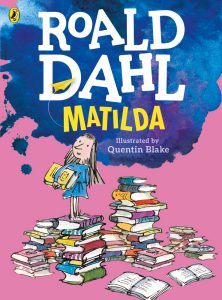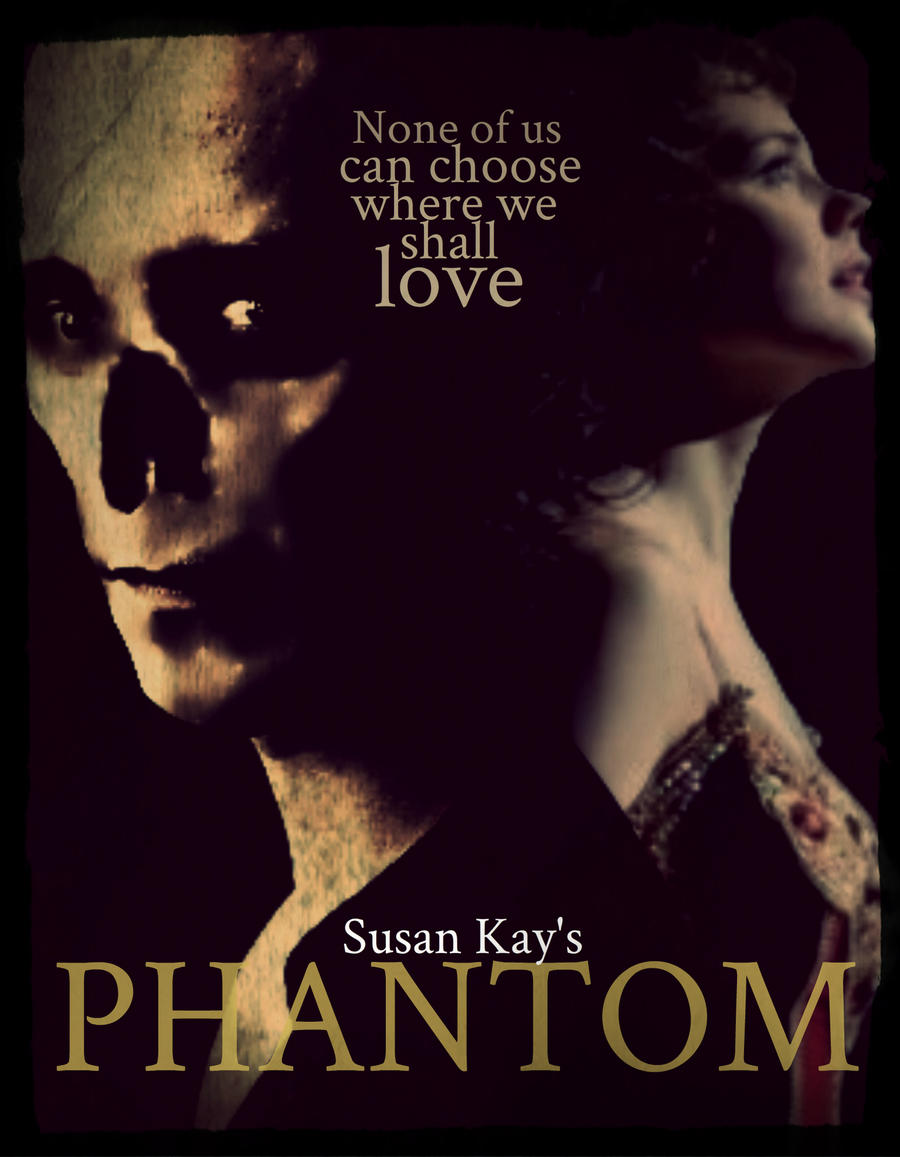
Overview:
Matilda is a fantasy novel by renowned British children’s author Roald Dahl (Charlie and the Chocolate Factory, James and the Giant Peach) published in 1988. The story follows Matilda, a child prodigy who has received nothing but contempt, neglect, and abusive her all five years of her miserable life. Matilda, unlike the rest of her family, likes to read and educate herself, so as a result, when she goes to school for the first time, her sweet-natured teacher, Miss Honey, is stunned by her ability. And apparently, being competent at reading college level book and rattling off four-hundred times tables is not all Matilda can do; she learns that she has telekinesis. So the entire book seems like a slice of life genre story, with Matilda dealing with her horrid family, her insane headmistress, Miss Trunchbull (oh, yeah, we’ll get to that psychopath in all due time), and Miss Honey, the only adult who seems to care what happens to Matilda.
The Diction:
I should be lenient; this book was probably intended for third-graders and below. Thus, the book is written in a jargon that is easy for that demographic to understand. But as senior on the brink of graduation, who has been exposed to complex works, the diction is not enough to satisfy. Especially considering the fact that I analyze prose for fun. To support my point, I will quote movie critic, Chris Stuckmann.
Even though it’s a kid’s movie, it could still be of a high quality. I know when I was a kid, I watched good movies and I knew when it was a good movie. Kids deserve movies of just as high a quality as adult; they aren’t stupid, they know when they just watched trash.
Now, I am not calling the wording trash, not at all, in fact sometimes the wording is quite pleasant, and even humorous at times. “The boy by now was so full of cake he was like a sackful of wet cement and you couldn’t have hurt him with a sledgehammer.” But I will say that my point is one can write a children’s novel that has both nice wording and is easy for younger readers to comprehend.
An Appealing Factor:
The most appealing factor is Matilda herself. As a five year old child genius, one would expect her to be an arrogant, little, stuck-up thing. But she is quite the opposite. She is humble, so much so that at one point in novel, she says something that suggests might not even be aware of how smart she is. Matilda is also an adventurous girl who plays pranks on the wicked, mainly Trunchbull and her parents.
Speaking of the Bull.
Miss Trunchbull is a villain through and through. She physically, mental, and even psychologically abuses everyone she comes in contact with. She assaults children who make the smallest mistakes, and even forces a boy to almost die from eating a 18-inch diameter chocolate cake. She’s a villain I like to dislike.
A Potential Turn-off:
The plot was very predictable to me, but I have to remember that maybe children would not have been able to predict the plot twist.
My Rating:
I rate Matilda 3 out of 5 stars. Nothing spectacular, but nothing terribly wrong with it either.


